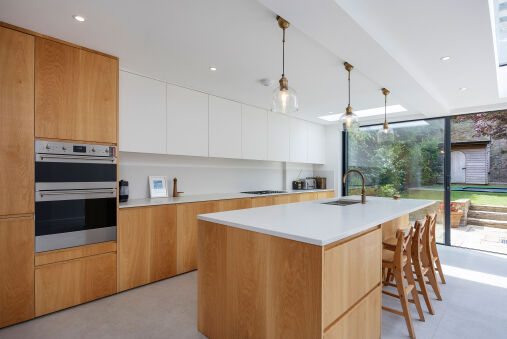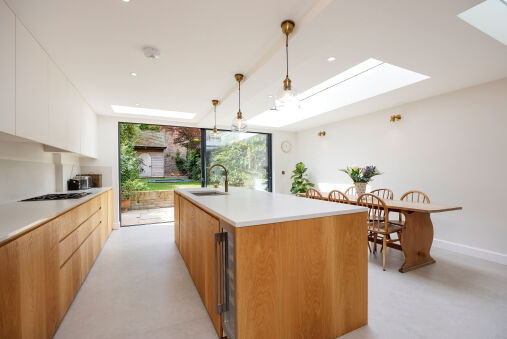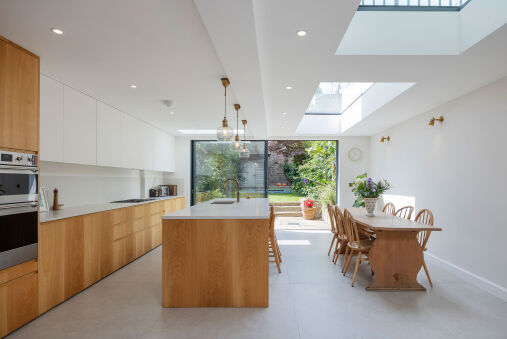Industry
How to manage the growth of Airbnb and short-lets effectively
As the industry grows it’s important to manage stays correctly so homeowners, guests & local areas can make the most of the positives while ensuring that neighbours & managers can still enjoy a peaceful life. With the right policies and a balanced approach, that’s possible.
Most homeowners who let their homes just want to earn some bonus income when they’re away and don’t want to cause any issues for their neighbours or building managers. Similarly, guests who stay in people’s homes simply want to stay in a nice home and experience the local area.
The growth of Airbnb and similar short-let websites over the past five years has raised a number of new issues for residential building managers.
It may be tempting to try to stop short-term lettings entirely but this is unlikely to solve the issue. An outright ban could lead to
residents letting their homes out under the radar, which would increase the risks of something going wrong – and make it even harder to manage issues if they do.
Furthermore, unless the lease explicitly forbids short-lets many homeowners will feel that it’s within their right to let their home for short periods, so trying to enforce a ban through the lease could be very challenging.
A better route would be to find a way to manage short-term lets in your buildings in a way that protects homeowners and guests as well as other residents, building managers and owners.
As the number of home-stays has grown over the last few years, the industry and government regulations have both matured to help manage short-lets properly. Here are three key steps you can take to ensure short-lets in your buildings are managed effectively.

Step 1: Make use of the law to help enforce
Part of the concern about short-term lets is that some people might be letting their home on Airbnb all year round.
Thankfully, there is a law in place to help deal with the situation: the 90 day rule. This says that a resident is allowed to let their home out for up to 90 days without asking for permission from their council.
The rule is designed to enable people to earn some bonus income from an empty home when they’re away while stopping people from using short-lets all-year-round which could price local residents out of the market.
Using the 90 day rule as the basis for short-term lets in your building would help balance the desires of residents, some of whom want to make use of their homes when they’re away and others who object to any short-letting.
It would also put you on a much stronger legal footing as you are enforcing reasonable use with a law which is explicit rather than a lease which may not be.

Step 2: Put in place clear policies to govern the practice
High-profile “Airbnb disasters” are actually rare occurrences and they usually result from a homeowner not managing a short-let properly. There are number of ways to reduce the risks through good practices.
One major element is verifying that the guests are the same people who made the booking. Professional companies managing short-lets will ask guests to submit ID in advance & then check it again on arrival to ensure they’re the same people.
Homeowners or companies should also provide the names of all guests to a building manager or porter on request. This will help ensure only verified people are in the building & provide information in case of emergency such as a fire.
Finally, the homeowner should ensure they have 24/7 on-call service for each stay. Too many homeowners disappear – sometimes abroad – when they let their home out. With 24/7 on-call service, preferably provided by a professional company, any guest issues can be handled by the people letting out the home and won’t fall to the building management.

Step 3: Make sure you’re covered
Most mainstream websites require a security deposit from guests but though some take £500 or more others require much less.
That’s why it’s important is to ensure there is proper insurance in place throughout the guest stay. Most homeowners are unaware that their insurance doesn’t cover a short-let so if something breaks as a result of a guest, the homeowner is liable for the bill. Similarly, if there is damage to a common area it might not be covered.
The safest option is to require homeowners to work with a company that has full, direct insurance to ensure that homeowners, guests and the building are all covered for any actions of the guests.

Published in the newsletter of the Association Of Residential Managing Agents (ARMA)









 london
london














